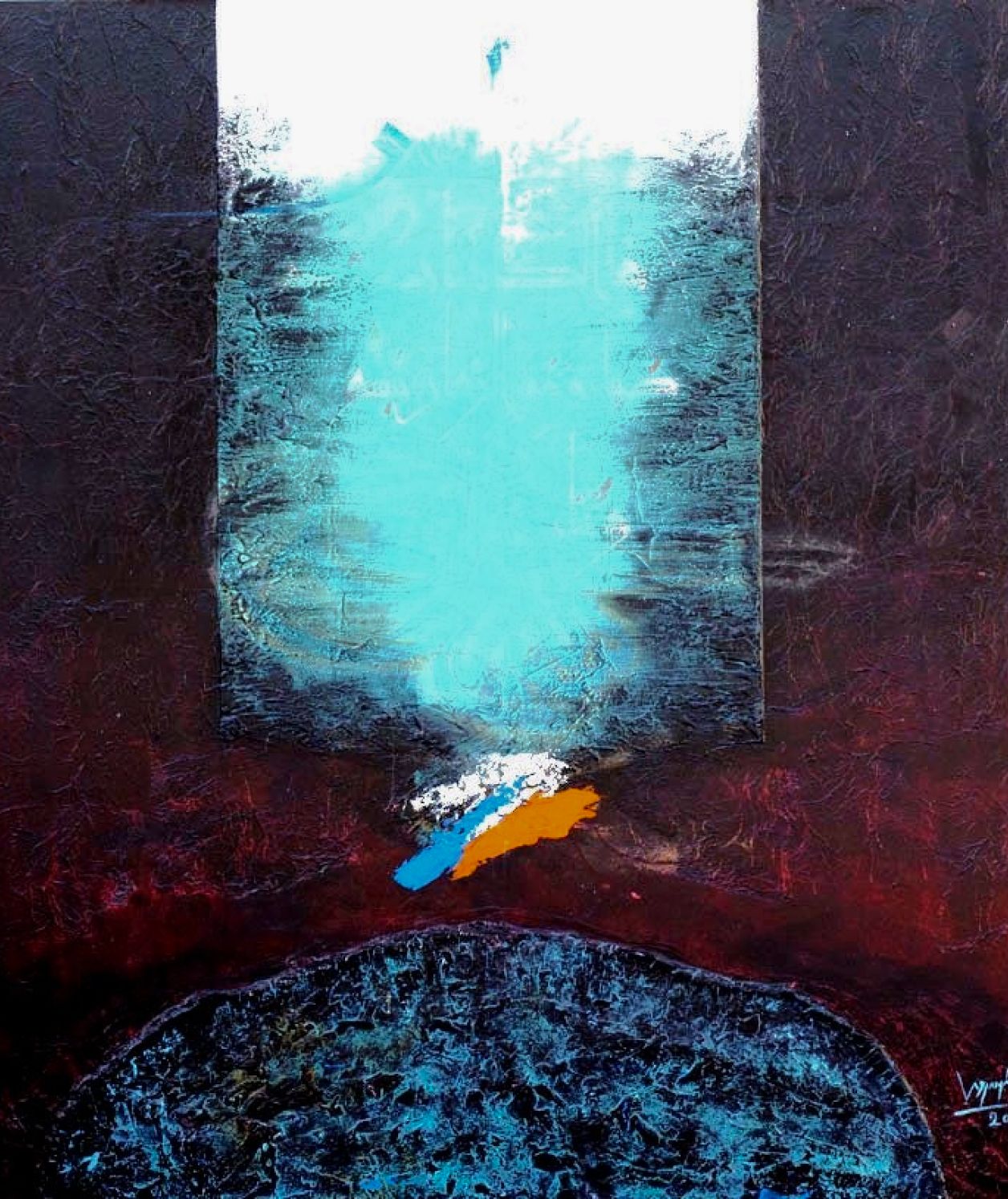Star Lore of the Past
Astrolabe lunar mansions.
One of pre-Islamic Arabia's greatest treasures that guided their daily lives was anwa', the rich astronomical system that was used by Bedouin in the Arabian Peninsula.
Anwa' (a term associated with the rains) referred to stars and collections of stars whose rising and setting marked specific certain periods of time throughout the year. They eventually numbered twentyeight individual stars and small constellations as the primary signifiers of a robust calendar and meteorological system that enabled them to predict the weather and dictated what they did.
Anwa' aided in everything, including marking rain periods, wind directions, ideal times for planting crops and fishing seasons, as well as organizing their pastoral activities and grazing locales.
According to Ibn Qutaybah, a 9th Century Islamic scholar, who wrote an entire book dedicated to anwa':
"The journey to fresh pasture, when the Arabs leave their permanent dwellings temporarily to look for water and grass for their animals, begins with the rising of Suhayl (Canopus) in the morning. The star appears in the Hijaz on the fourteenth night of Abb (August), and in Iraq on the twenty-sixth night of Abb. Whoever moves at this time will have some rain. Then the people follow one another until the setting of al-Fargh al-Muakhkhar (Andromeda), which takes place on the twenty-second night of Ailul (September). This is the beginning of the rainy season, and the people stay at their temporary pasture until the rising of al-Sharatan (Aries) early in the morning after sixteen nights have passed in the month of Nisan (April). Then they begin returning until the rising of al-Thurayyah (Pleiades) on the thirteenth night of Ayyar (May), and they continue on their way home until the rising of al-Haqah (Orion) on the ninth night of Huzayran (June). By this time, the waters have dried up and moisture has disappeared. Much Bedouin star-lore has been preserved in descriptive proverbs such as the select few below:

Celestial globe
• When Al-Jawza (Gemini) rises, the hard rocks grow hot, the deer seek shelter from the heat, and the chameleon remains still among the branches.
• When Al-Jabhah (Leo) rises, the palm tree becomes colored [with fruit].
• When Al-Zubana (Libra) rises, the mouth feels cold, and you should store food for your family.
• When Al-Aqrab (Scorpio) rises, the water channels freeze, the grasshoppers die, and the frost appears.
• When Sad Al-Suud (Capricorn/Aquarius) rises, all frozen objects thaw, the trees turn green, and all hibernating animals move around.
• When Al-Dalwu (Aquarius) rises, spring arrives and people go in search of pasture.


